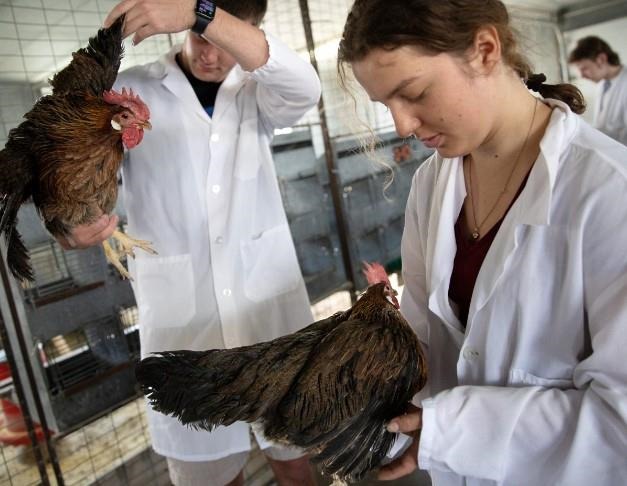By Ryan McGeeney
Beef cattle inventories across the United States are at their lowest point in more than six decades, according to the U.S. Department of Agriculture.

STEEP DECLINE — In its bi-annual cattle report, USDA reported a total of 89.3 million head as of Jan. 1, 2023 — 3 percent lower than the total reported a year ago, and the lowest since 2015. Beef cattle — those bred specifically for slaughter and meat sales — declined 3.6 percent, to 28.9 million head, the lowest total recorded by the agency since 1962. (USDA graphic.)
In its biannual cattle report, USDA reported a total of 89.3 million head as of Jan. 1, 2023 — 3 percent lower than the total reported a year ago, and the lowest since 2015. Beef cattle — those bred specifically for slaughter and meat sales — declined 3.6 percent, to 28.9 million head, the lowest total recorded by the agency since 1962.
In “Cattle Market Notes Weekly,” a newsletter focused on the cattle industry, University of Kentucky’s Kenny Burdine and James Mitchell, extension livestock economist for the University of Arkansas System Division of Agriculture, wrote this week that the decline came as no surprise.
“There was no question that the beef cow herd had gotten smaller,” Burdine and Mitchell said. It was “just a question of how much smaller.”
For many producers throughout the country, 2022 had offered a perfect storm of economic and weather-related challenges: input costs such as diesel and fertilizer doubling or even tripling, and a hot, dry summer that only increased reliance on groundwater in the absence of rainfall. For cattle producers in particular, drought conditions offered no replenishment of dwindling forage supplies, leaving many producers to cull deeper into their herds than they might have otherwise preferred. Elevated beef cull prices contributed to an 11 percent increase in beef cow slaughter, according to USDA.
As Mitchell recently pointed out, however, the reduced supply combined with steady demand from the U.S. consumer at least meant greater profitability for those producers with stock to sell.
“There is a pretty substantial biological lag in the beef supply chain,” he said. “What consumers experience at the grocery store is a product of what cattle producers were going through a year or two ago. It takes about two years for a new calf to become the steak on your dinner plate.
“To the extent that we’ve got historically low cattle stocks today, that will lead to tighter cattle production, which means potentially higher beef prices,” Mitchell said. “From the perspective of cattle producers, this also means higher prices. The recent report from USDA just reinforces a bullish outlook on cattle prices for the next couple of years.”
Source : uada.edu